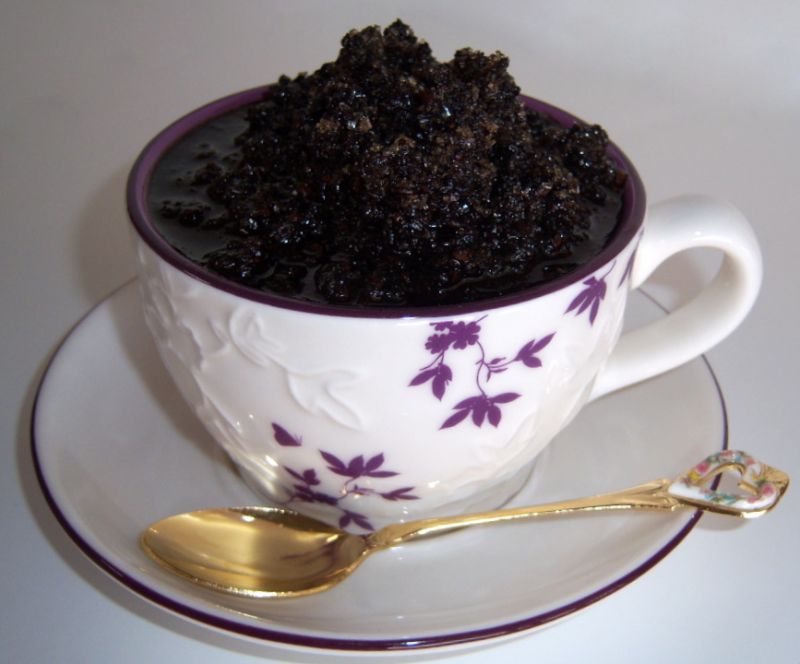
Photo by janamidala, Flickr.
My favorite part of the latest government claim is that as much as a quarter of BP’s oil has dissolved in the warm Gulf waters. Like sugar. How benign is that? Sounds like a little leftover oil sweetens the ocean.
Dissolved oil is still oil. Just like dissolved sugar still tastes like sugar. Ever tried to dilute the taste of sugar out of your cup of coffee? Not possible.
That’s how it will taste to marine life too. Oily.
Dissolved oil is not benign. It’s still lethal. Particularly to small life, like plankton, a community that includes the larval and juvenile stages of almost all marine life. It may prove fatal to those who eat contaminated plankton, which is everyone in the ocean one or three links along in the foodweb.
NOAA has released a report devoid of data or methods, which has not been peer reviewed—meaning it meets none of the requirements for scientific publication.
Today’s mainstream headlines say: Most of the Oil is Gone. But 53.5 million gallons of oil remain at large. Unspin this report and it ought to read: Five Exxon Valdez’s Still Foul Gulf. At least.











